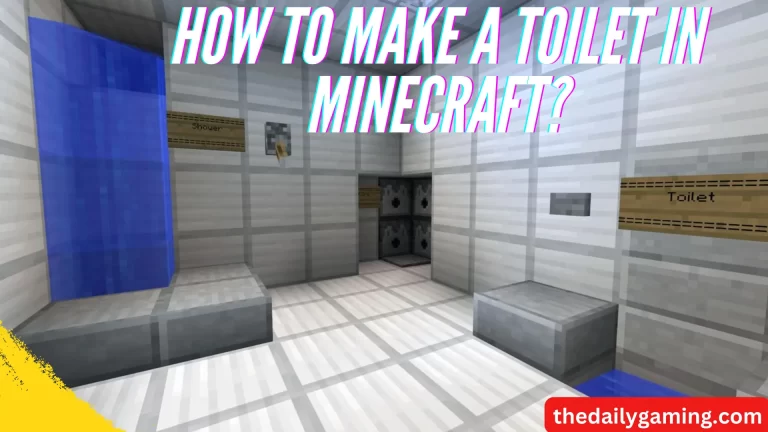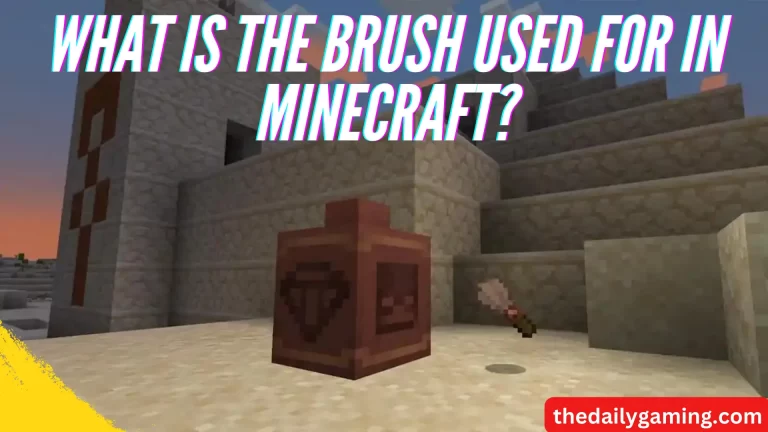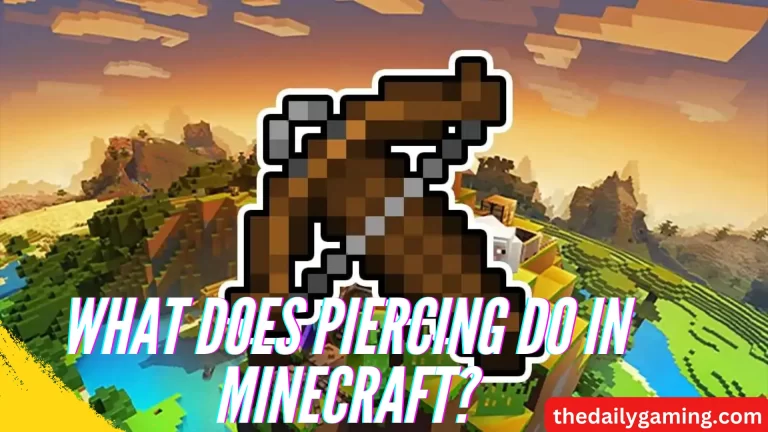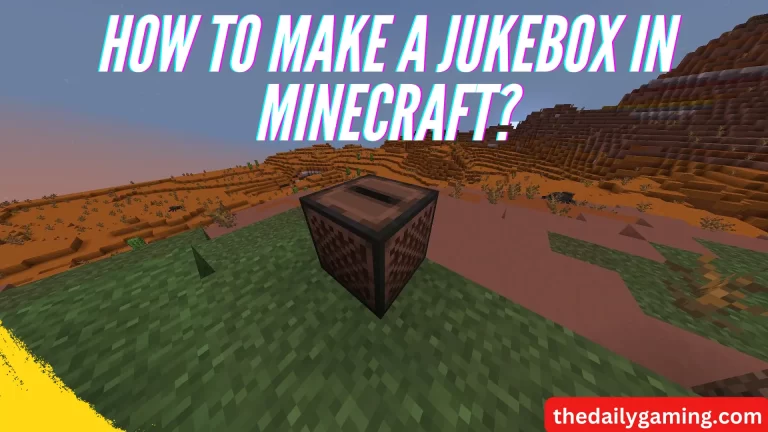How Far Does Water Flow in Minecraft?
Think of Minecraft as a place where water isn’t just a static block; it’s a dynamic force that obeys specific rules. Understanding these rules is like having a secret map to manipulate water and use it to your advantage.
Knowing how far does water flow in minecraft horizontally and vertically is essential for building farms, crafting intricate systems, and surviving in the game. It’s a skill that can turn your Minecraft world into a thriving oasis or a complex network of waterways.So, let’s dive into the depths of Minecraft’s water mechanics to learn how to master this vital resource.
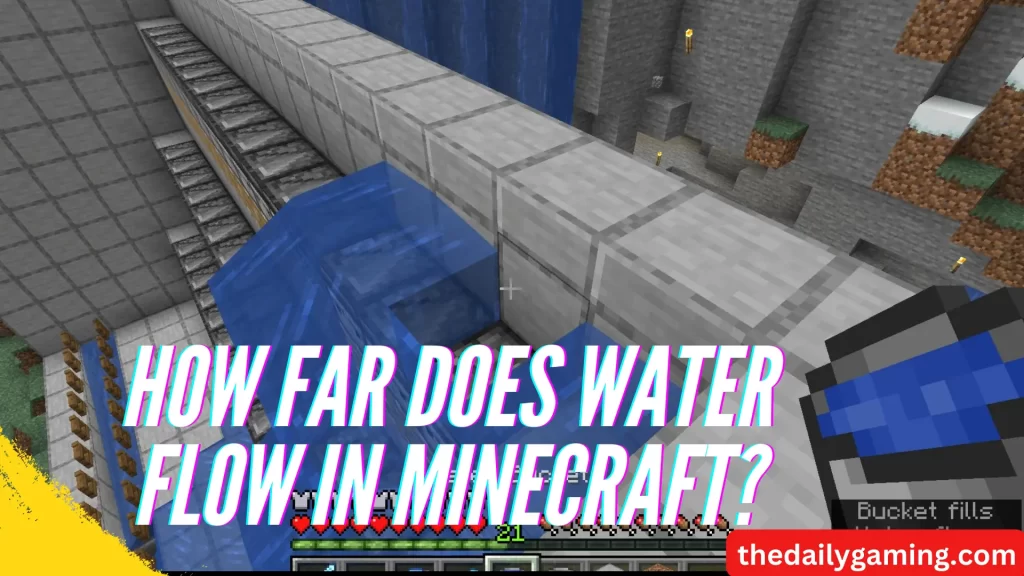
How Far Does Water Flow in Minecraft?
In Minecraft, water can flow horizontally for up to 7 blocks from its source. It flows vertically downwards indefinitely as long as there are open blocks beneath it. However, water cannot flow upwards against gravity. Understanding these mechanics is crucial for effective water use in the game.
Basic Water Flow Rules
In Minecraft, water follows some fundamental rules when it flows. At its core, water in the game behaves in a predictable way:
Source Blocks: Water originates from source blocks, which are stationary. When you place a water source block, it creates a water source, allowing water to flow from it.
Flowing Water: Water flows away from source blocks, and it can travel horizontally for up to 7 blocks. If it reaches a drop off or an obstacle, it forms a new source block there.
Vertical Flow: Water flows vertically downward indefinitely as long as there are open blocks beneath it. However, it cannot flow upwards against gravity.
These rules apply universally in the Minecraft world and are the foundation for constructing farms, irrigation systems, or even creating impressive waterfalls. Understanding them empowers players to harness the power of water effectively for various in game purposes.
Horizontal Water Flow
Water can flow horizontally, which means it moves from one block to another on the same level. The key things to know about horizontal water flow are:
Flow Distance: Water can flow horizontally for a maximum distance of 7 blocks from its source. This means if you have a water source block and let it flow, it will spread out and cover up to 7 blocks in all directions.
Obstacles: When water encounters an obstacle like a solid block or a drop off, it stops flowing. In such cases, it creates a new water source block at that location, effectively forming a “pool” of water.
Use Cases: Understanding horizontal water flow is crucial for building efficient farms, irrigation systems, or transporting items using water streams. It allows players to manipulate water to suit their needs and create complex structures.
Mastering horizontal water flow opens up exciting possibilities in Minecraft, making it a valuable skill for players to explore and experiment with.
Vertical Water Flow
Vertical Downward Flow: Water can flow vertically downward indefinitely. When there are open blocks beneath it, water will keep moving downward until it reaches a solid block or creates a new source block. This downward flow is crucial for creating waterfalls and efficient irrigation systems.
Vertical Upward Flow: In contrast, water cannot flow vertically upward against gravity. If you want to move water upwards, you’ll need to use tools like water elevators or pistons to create pathways.
Understanding vertical water flow is essential for building effective transportation systems, such as elevators, and for creating visually appealing water features in Minecraft. By mastering this aspect of water mechanics, players can make the most of the game’s resources and create intricate and functional structures.
Mechanisms Affecting Water Flow
Waterlogged Blocks: Some blocks in Minecraft can be “waterlogged,” which means they can hold water. For instance, trapdoors, slabs, and stairs can be waterlogged. Placing waterlogged blocks strategically can control and direct water flow, allowing you to create intricate water systems.
Signs: Placing signs against water source blocks can stop water from flowing in that direction. This is often used in water elevators to control the movement of water.
Sponges: Sponges are used to absorb water in Minecraft. They can be helpful in quickly removing water from an area, which is especially useful when building underwater structures or clearing flooded spaces.
Understanding how these mechanisms work is essential for creating efficient water based contraptions, managing water in complex builds, and solving various in game challenges involving water. By using these tools wisely, players can manipulate water flow to their advantage in Minecraft.
FAQs
Can water flow uphill in Minecraft?
No, in Minecraft, water does not naturally flow uphill against gravity. Water will always follow the laws of physics, flowing from higher elevations to lower ones. Attempting to make water flow uphill without using special game mechanisms like water elevators or pistons is not possible within the game’s natural mechanics. Players need to employ creative solutions and build structures like water elevators to move water vertically against gravity.
How can I create water currents and waterfalls in the game?
- To create water currents and waterfalls, use water source blocks and block placement to guide the flow as needed.
What happens when water reaches the edge of the world?
When water reaches the edge of the Minecraft world, it continues to flow beyond the world’s boundaries, seemingly falling indefinitely. There’s no physical barrier at the world’s edge.
Conclusion
In conclusion, understanding how water flows in Minecraft is essential for successful gameplay. Here’s a summary:
Know the Limits: Water flows horizontally for up to 7 blocks and vertically downward indefinitely but not upwards.
Create Efficient Systems: This knowledge is practical for building farms, irrigation, transportation, and stunning water features.
By mastering these water flow mechanics, you can make your Minecraft adventures more efficient and creative. Whether you’re building complex contraptions or designing beautiful landscapes, knowing how water behaves is a valuable tool in your Minecraft toolbox. So, dive into the world of water and explore the endless possibilities it offers in the game!
